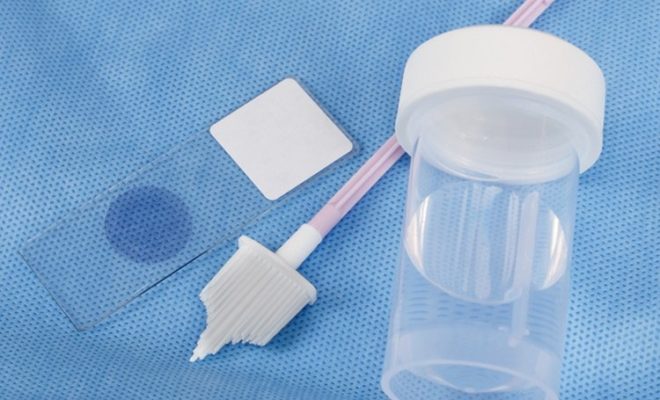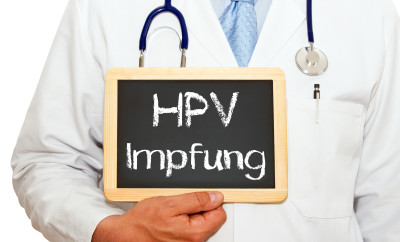
ANAL PAP SMEAR TESTS
The anal pap smear is the key component to an appropriate yearly physical examination for gay men. Besides its utility of determining one’s potential risk for the development of anal cancer, just the actual occurrence of performing the test allows the physician to see other potentially related anal issues of note. With these findings, it will hopefully lead to discussing appropriate sexual history, examination, and fruitful conversations and/or solutions on the matter.
The anal pap smear test consists of a cotton Q-tip swabbed internally in the anal canal for a few seconds. This is done twice—first to determine which specific HPV strains one harbors (low or high risk specific to its subtypes) and then again for the actual precancerous/cancerous risk via extracting cells for analysis.
This leads us to the cellular findings. The anal pap smear examines cells that constitute the outer layer of anal tissue, known as squamous cells, and determines the level of infection that you may have. Positive pap smears are classified into 3 diagnostic categories: ASCUS, LGSIL, and HGSIL.
Negative or Normal: There are no abnormal cells or signs of HPV-related changes.
ASCUS: Atypical Squamous Cells of Unknown Significance is a diagnosis in which cells were found that were not normal, but also not identifiable. This can be caused by dysplasia, but it can also be caused by inflammation or other factors like hemorrhoids and fissures.
LGSIL: Low Grade Squamous Intraepithilial Lesion, also known as mild dysplasia, is a diagnosis that can present with warts or lesions. It is not considered pre-cancerous, but can turn into HGSIL over time.
HGSIL: High Grade Squamous Intraepithilial Lesion is a diagnosis in which there is precancerous change to the skin of the anal canal or perianal area. This is not cancer, and only a small fraction of these diagnoses progress into cancer.
With these results, one can risk stratify one’s propensity for internal cellular changes. The first pathway highlights some clear clinical changes during internal evaluation with visible evidence of pathology, such as anal wart lesions that justify the pap smear changes. The other is no visible clinical changes on internal anoscopic examination, but yet can be on the cellular level — one we cannot appreciate even on that level of visualization. This leads one down the path of a mapping procedure using high resolution anoscopy and chemicals to facilitate global biopsies and treatment.
VACCINATION
There is definitely a way we can test and isolate which subtypes of HPV one harbors. This not only allows us to stratify future risk of cancer risk when used in conjunction with the anal pap smear, but also can be utilized to assist in who would benefit from the HPV vaccination, Gardasil. Though only paid for by the insurance companies for those under the age of 26, new data supports administering the vaccine to those within the HIV positive community, as well as within the general population, specifically for men who have sex with men, regardless of age. Though the cost may be high for most, it should be considered if one’s risk profile aligns.
CONTROVERSY
This field is still evolving and there are definitely some grey areas in management. There are still many people who don’t believe it and then, on the other hand, there are people who are fanatical about management. With every action, there is a reaction and we must be careful to weigh all risks and benefits associated with biopsies and their associated treatments. There is a fine balance between prevention and then rendering someone incapable of engaging in anal intercourse. One’s complete risk factors combined with the associated clinical testing needs to be taken into account with a formal discussion of all findings. This will lead a collaborative approach on the best preventative management possible with the least intrusive and invasive treatments.
We at Bespoke Surgical do believe in anal pap smears as part of a complete sexual evaluation of our clients and whole heartedly implore you to obtain one each year. It not only can save lives by preventing anal cancer, but also provides you with the most comprehensive sexual care geared towards the LGBTQ community.
PHYSICIAN

Dr. Evan Goldstein, D.O.



2 Comments